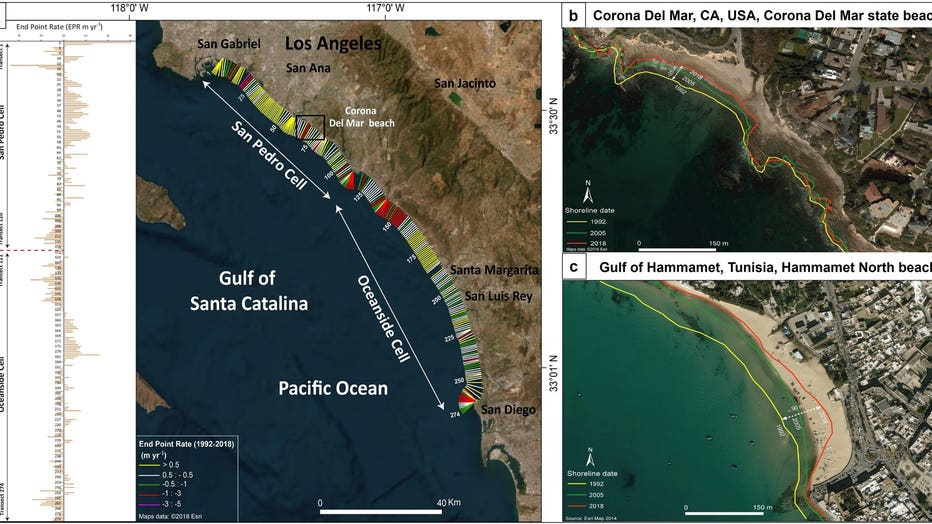Southern California coastal living will be 5 times more expensive by 2050 - here's why

California median home price sets record-high
The median price for a single-family home in California now tops $900,000 - up more than 11% from March.
LOS ANGELES - If you think living in Southern California is expensive now, can you imagine what it will be like in 25 or 30 years?
Factor in rising sea levels and urban developments that are fast-tracking coastal erosion and things aren't looking great.
SUGGESTED: California median home price soars to record-high
A new USC study reveals those factors are accelerating at "an alarming rate" in the region, resulting in "significant ripple effects on the region's economy."
The study, published in "Communications Earth & Environment," predicts that Southern California's coastal living costs will be a whopping five times more expensive by 2025 as a "direct result" of beach erosion. This erosion will in turn require more frequent and costly projects to restore what is lost along the coastlines, which ultimately leads to an even higher cost of living.

Multi-date shoreline evolution analysis using the DSAS model. a Shoreline evolution analysis from 1992 to 2018 for the beaches of the Gulf of Santa Catalina in Southern California, U.S., projected over the 2014 ESRI scene. b Shoreline evolution in th
"Our study presents compelling evidence of the rapid deterioration of Southern California's coastal landscapes," said Essam Heggy, a geoscientist in the Ming Hsieh Department of Electrical and Computer Engineering/Electrophysics at the USC Viterbi School of Engineering and the study's corresponding author.
SUGGESTED: This map shows the hourly wage needed to afford rent in California
"The challenges facing Southern California mirror a growing threat shared by coastal communities worldwide. The environmental and economic implications of coastal erosion reach far beyond California's shores and demand interdisciplinary, global solutions," he said.
For these findings, researchers studied the Gulf of Santa Catalina - ranging from LA County to Baja California - using a combination of historical and recent satellite images, as well as advanced algorithms to analyze coastline movement and predict future erosion based on trends and environmental factors.
The study predicts a tripling of erosion rates by 2050, increasing from an average of 1.45 meters per year to 3.18 meters by 2100.
The findings showed that the average rate of shoreline retreat in these areas varies. In Southern California, beaches are receding between 0.75 and 1.24 meters per year.
SUGGESTED: This is considered middle class income in California, study shows
"Our investigation suggests that coastal problems start inland due to the rapid growth of cities along the coast, which compromises inland sediment replenishment of sandy beaches," said Heggy.
"As our beaches shrink, the cost of maintaining them will rise. Finding innovative solutions is key to securing a sustainable future for our shores and local economies."

